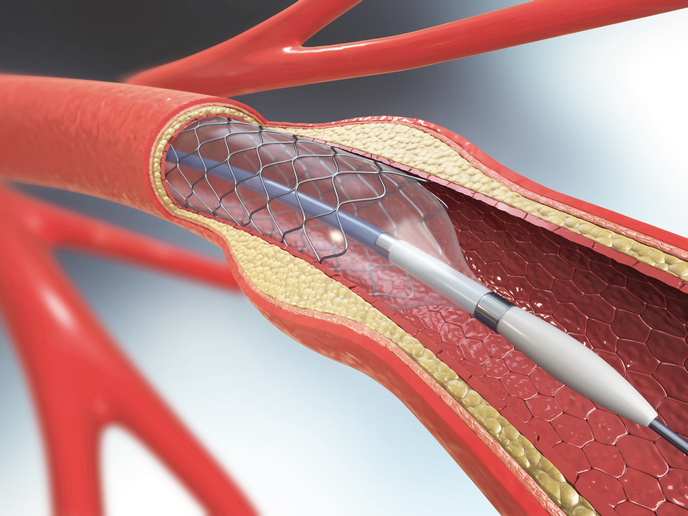Monitoring the risks in neonatal intensive care
Nearly 8 % of babies are born prematurely every year, requiring hospitalisation in the neonatal intensive care unit. This increases the risk of infection, but prompt diagnosis is difficult since microbiological and biological data are unreliable, while clinical signs have no diagnostic value. As a result, physicians usually administer a large amount of broad-spectrum antibiotics.
A system for assessing sepsis risk and newborn maturation
The EU-funded Digi-NewB(opens in new window) project aimed to support decision-making by assisting the detection of nosocomial infections(opens in new window) and the quantification of newborn maturation. The project combined expertise from the fields of engineering, big data and medical sciences. “Our system uses artificial intelligence (AI) to integrate physiological, clinical and biological data in real time to assess sepsis risk and assist in healthcare and treatment decisions,” explains Patrick Pladys, Digi-NewB coordinator. The system captures and analyses a full set of data from the newborn, such as cardiac and respiratory rhythms, clinical signs, and movements, thanks to video recordings. Then, it calculates and displays a sepsis risk score. By doing so, it enables clinicians to monitor the evolution of this sepsis risk score in time. They can also view selected parameter trends and replay video recordings. Importantly, this new system is easy to use and install, and can be operated by hospital staff. This data-driven project provided many technological and scientific innovations. In addition, it generated a big annotated database combining video, physiological signals and clinical data equivalent to 7 years’ recordings and the conception of several innovative signal processing algorithms some of which were patented. Significant effort was also devoted to the extraction and characterisation of movements from video and the spontaneous cry of preterm infants. These offer a quantification of the postnatal maturation of the heart and breathing rhythms, sleep and crying of premature infants.
Clinical performance and future directions
To build and optimise the Digi-NewB system, project partners implemented a prototype at Rennes University Hospital(opens in new window), run in real time. Using a focused design methodology, outcomes of the scientific results were fed into the system to improve its technical readiness. Although it remains to be validated in a large controlled clinical study, the Digi-NewB system successfully passed a proof-of-concept test during its development. This highlights the potential of AI-based monitoring to detect and treat sepsis in the perinatal period. Results have shown that the Digi-NewB system can identify sepsis 4 to 48 hours before standard tests or other approaches currently employed for the diagnosis of sepsis in neonatal units. “We have demonstrated that in the very beginning of life the proposed multidimensional approach can lead to a better, coherent use of health data for clinical decision-making,” emphasises Pladys. The project team is currently working towards a controlled clinical study to demonstrate that the real-time monitoring through the sepsis score generated by the Digi-NewB system can reduce morbidity and mortality associated with hospital-acquired neonatal sepsis. “The important thing about the Digi-NewB system is that it can adapt and improve as the amount of data included in the learning database increases, and by taking into account developments in neonatal care,” concludes Pladys. Furthermore, partners have built a maturation chart that shows the correlation of cardiorespiratory and sleep/neurobehavioural measures with age. Although its impact in clinical practice remains to be determined, this maturation tool will help measure deviations from the expected optimal postnatal trajectory, enabling decision-making with respect to ventilatory support and hospital discharge.







